Types of Corset Boning – 4 Most Common Types
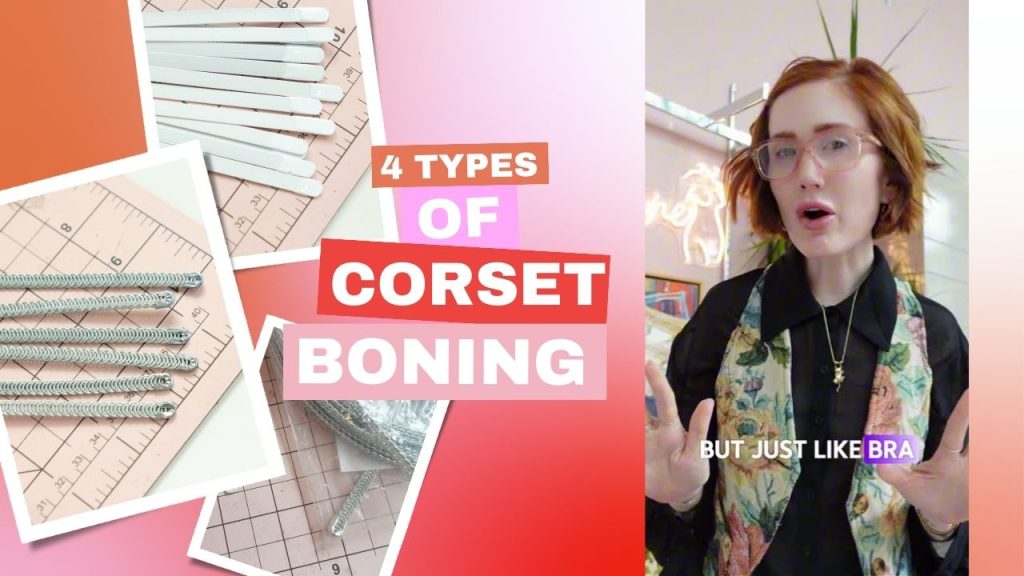

4 types of corset boning! Just like bra underwires, there are lots of different types and uses of boning for corsets depending on the type of project you’re sewing. What are the different types? Are there pros and cons to each? Sharing some deets on 5 popular choices that are used for fashion and historical corsets. Please note that these are just 5 — there are lots more including cording, synthetic whalebone and more!
Click here to shop all corset boning, DIY kits, ready mades, patterns and more
Click here for more corset inspiration!
SPIRAL STEEL: Made from flattened steel spring. It is much more flexible than flat steel boning. It can flex forwards and backwards as well as side to side. This is the most common type of corset boning and used most often in all boning channels except on either side of the eyelets. Can be continuous or precut. Continuous is more economical, but cutting and adding tips is very tedious.
FLAT STEEL: Made from sprung steel and available in widths from ⅛”-¾”. It has a white plastic coating to prevent rust and fabric damage (looks similar to a bra underwire). Flat steel boning can flex forwards and backwards, but not side to side. So they are only used where horizontal movement is not required. Most often used on either side of eyelets at the back of a corset.
PLASTIC: Many different varieties, from cheap versions found at craft stores to better versions found at specialty shops. It is good for beginner corsetry or fashion corsets (corsets worn as outerwear with no reduction), but it should not used in true corsets. Plastic boning gets a bad rep, but there are some good qualities that are better than the rigiliene you usually find in craft stores. If you intent to wash your corset, I recommend a plastic boning because steel boning can rust.
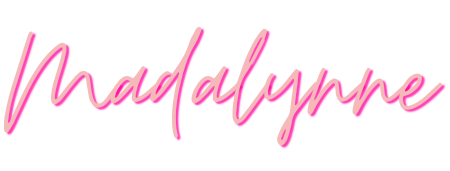

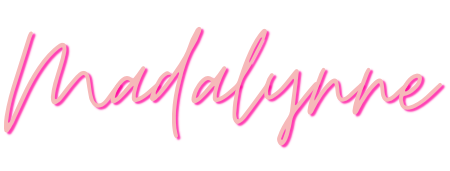

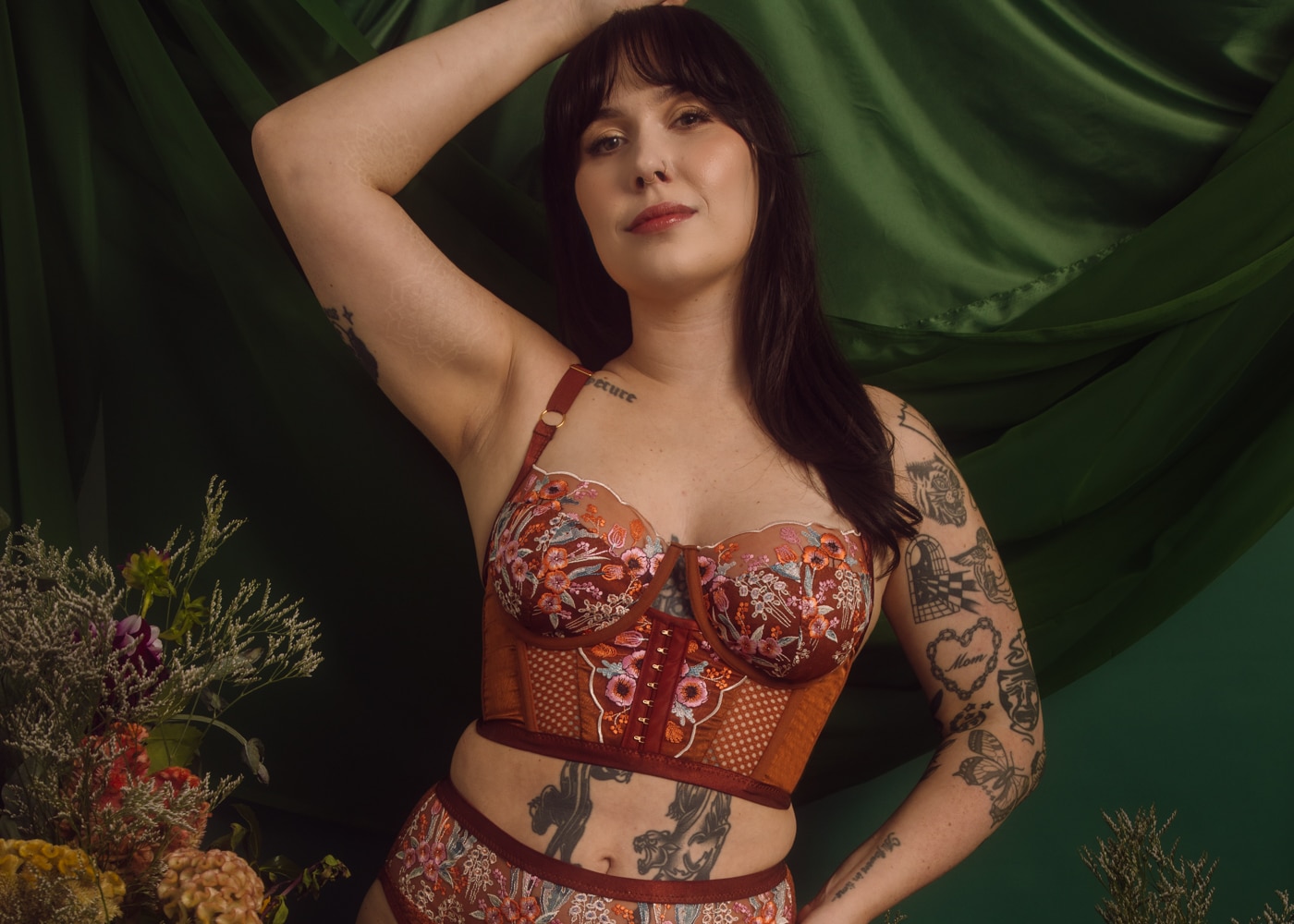
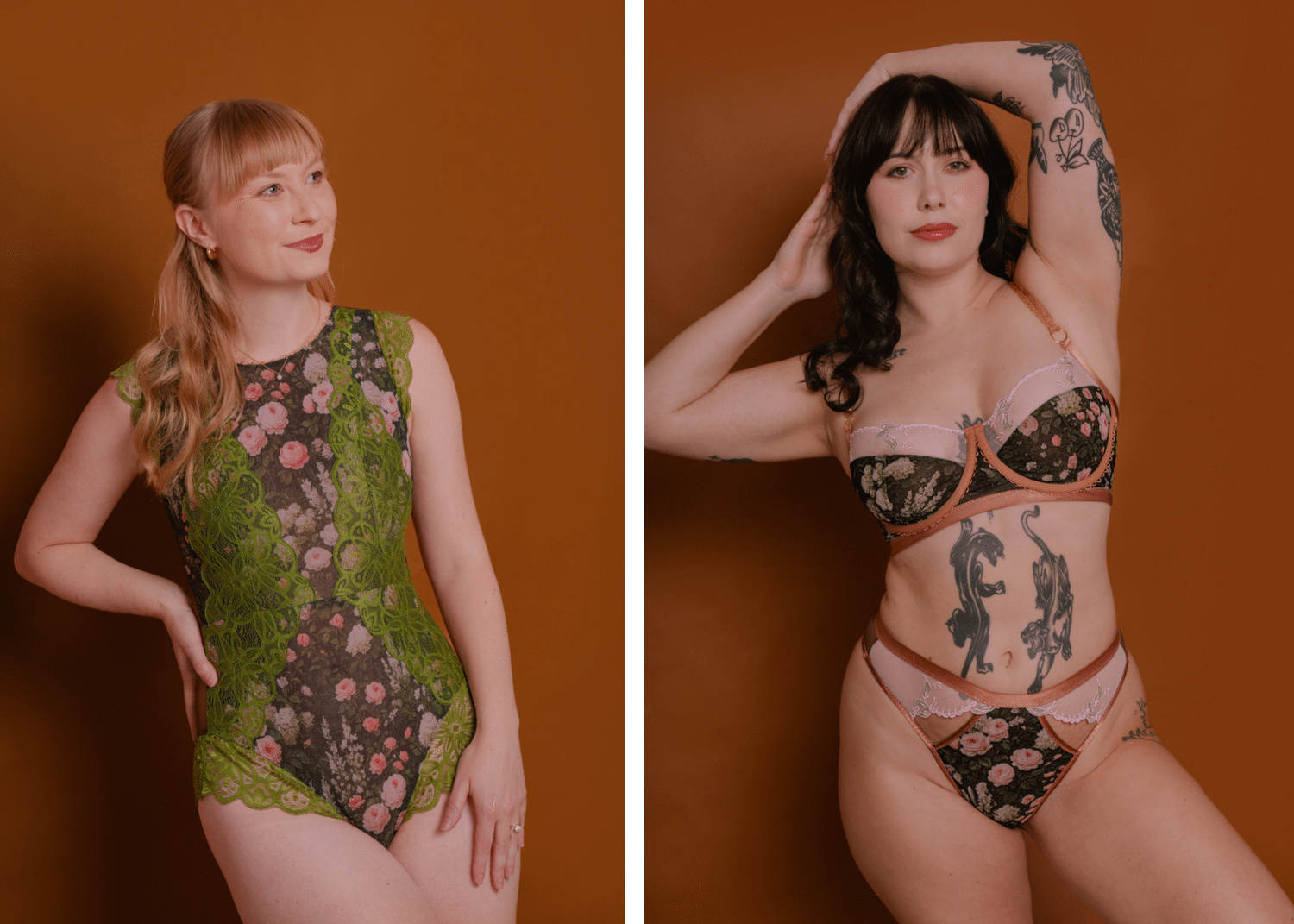

No Comments
Sorry, the comment form is closed at this time.